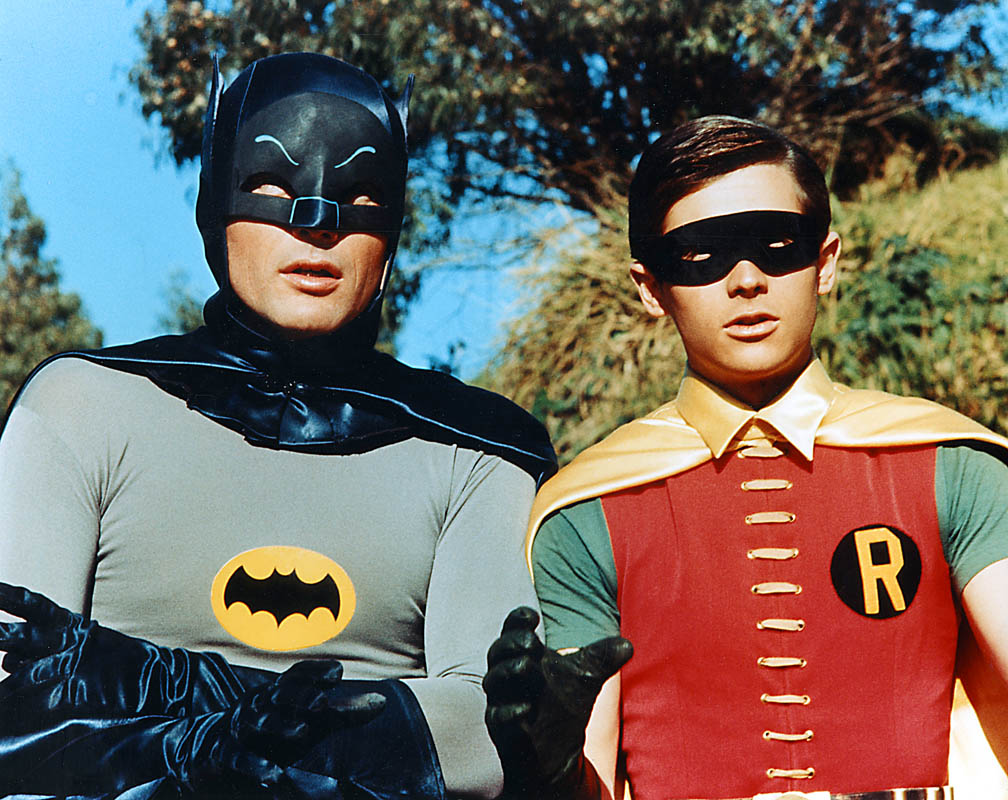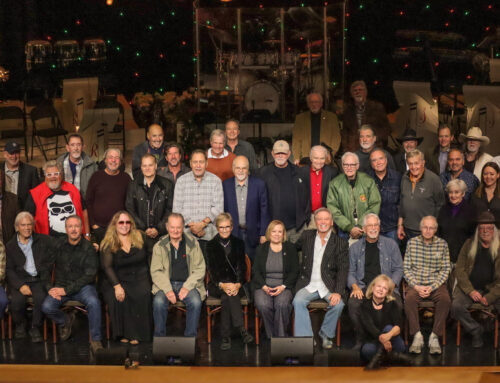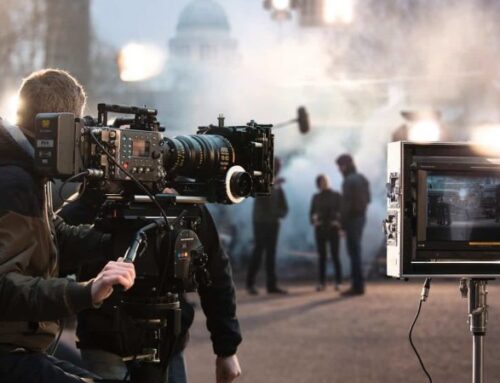 This article originally appear in the print edition of Law on the Row, Volume 2, Issue 1 on September 9, 2002.
This article originally appear in the print edition of Law on the Row, Volume 2, Issue 1 on September 9, 2002.
Imagine two musical works written in a minor key using a standard jazz progression such as I-IV-II-V. Further imagine that Work B is alleged to be an infringement of Work A. The author of Work B hires an expert who testifies that the 16-note melodic line in Work B that is identical to the 16-note melodic line in Work A is not entitled to copyright protection because that melody is “dictated” by the jazz chord progression, and, therefore, there is no infringement. This analogy describes a new and novel use of the legal concept known by the French moniker, scenes á faire.
The phrase scenes á faire refers to certain distinct elements — characters, settings, or incidents, for example — in a copyrighted work that are absolutely necessary or indispensable in describing a particular “scene.” See, Atari Games v. Oman, 888 F.2d 878 (D.C. Cir 1989). For example, in creating a story about the music business in Nashville, one would expect references in the story to such elements as Music City, Music Row, songwriters, producers and the Bluebird Café. If a copyrighted novel contained those elements, those specific portions of the work relating to the scenes faire would not be entitled to copyright protection, and a second novel containing the very same elements would not be an infringement.
Thus, the concept of scenes á faire is applied in circumstances such as those described to limit the scope of copyright protection.
It is also important to note that the concept of scenes faire has traditionally been applied specifically to infringement actions involving novels, literary works and computer programming code. More recent attempts have met with success, however, in applying the doctrine to the comparison of lyrics alleged to be infringing. Even more recently, novel attempts have been made to apply the concept of scenes faire to the musical phrases and melodic lines of musical compositions
If a position such as the one described in our analogy could be argued successfully, then the amount of damages to which the author of Work A would be entitled is severely reduced, if not eliminated entirely. The copyright owner would end up with, at best, a musical work where certain sections of the melody and certain sections of the lyrics are entitled to protection — indeed, he have a copyright full of holes!
Of course, a simple mathematical calculation yields literally hundreds of thousands of permutations consisting of acceptable melodies which may be superimposed over the jazz chord progression common to the two works, yet this simple fact does not prevent the use of this argument in copyright infringement actions. Although the issue has arisen in the context of summary judgment, as of yet no court has issued a direct ruling on the application of scenes faire to melodic phrases or chord progressions.






